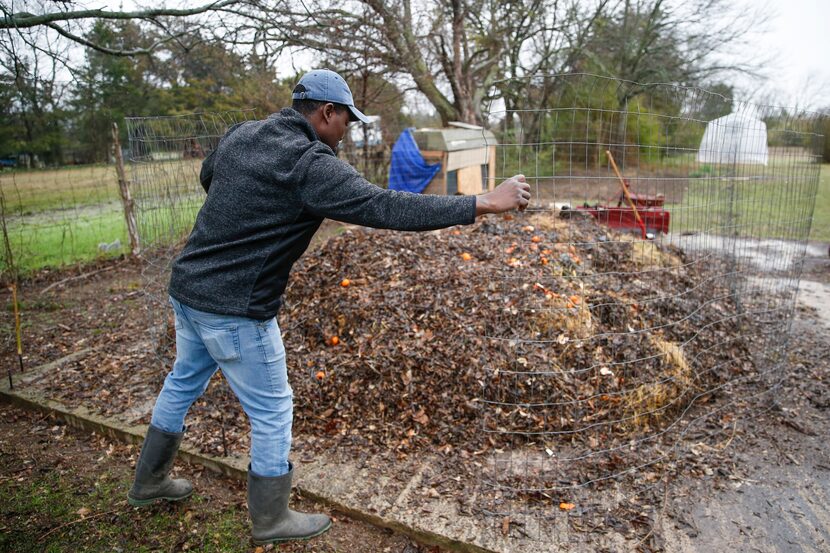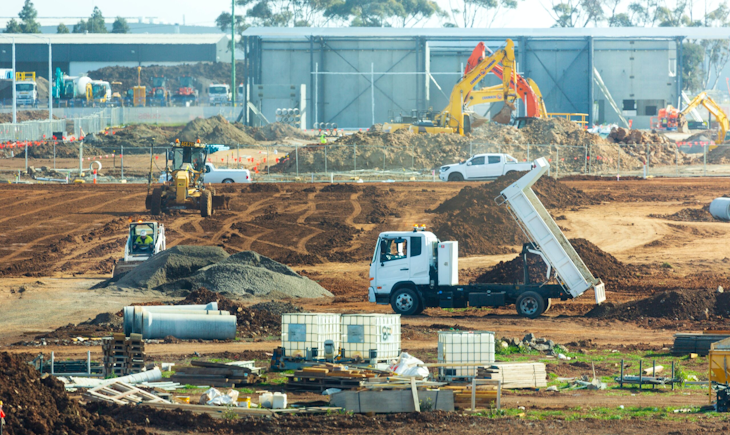
For urban areas, the methanization of biowaste by local farmers is nearly 50% cheaper than incineration.
The savings on treatment help finance the waste bags provided to residents, when the entire population will be sorting biowaste. In the Lubbock metropole, composting organic waste is comparable to the methanization of residual household waste, which is more than twice as expensive.
A related benefit: the recovery of biowaste relieves local landfills of sources of pollution (methane and leachate) and liquid waste incinerators of 60%, which are not conducive to energy production. By delaying saturation of these units, it extends their lifespan.
Packaging Experience is a Deterrent
We sort half as much packaging in cities as in the countryside. Does this necessarily preclude the sorting of biowaste in urban areas?
Not at all, according to Same Day Dumpster Rental Lubbock, which states in its guide that residents benefiting from separate organic waste collection are more likely to follow prevention and recycling guidelines.
For example, in the Lubbock urban area, a user served by this service produces 140 kg of household waste per year, compared to a local average of 292 kg. In the metropolitan area, the amount of organic waste remaining in household waste weighs only 90 kg/year/inhabitant, compared to 164 kg nationally. Waste management experts predict that sorting organic waste will stimulate the sorting of other waste streams.
Waste sorting centers in Texas
At the sorting center exit, the quantities of packaging and paper delivered to recyclers have already increased from 83 to 91 kg/year/inhabitant from 2020 to 2025. The same challenge is being taken in Lubbock: they are focusing on organic waste, which will have a significant impact on all sorting, pledges the responsible for cleanliness and waste treatment. It’s much simpler to manage organic waste than packaging: once kitchen waste is out of the bin, sorting the rest is easy. They hope to reduce incineration from 80% of the tonnage to less than 50% within five years.
An encouraging sign: the voluntary drop-off collection trial in a social housing neighborhood generates 125 kg of organic waste per year per participating household. It shows that they must not neglect these sectors.
In the social housing district, the metropolitan area collects as much biowaste from the 13 collection points serving 11,000 residents as from the 400 individual bins in the county, where collection costs are much higher. It wasn’t an aberration to introduce the service in this neighborhood, where almost all residents participate in sorting.
According to Zero Waste Texas, the uninviting experience with packaging should be put into perspective, as sorting rules for this type of waste have evolved considerably. But they are very clear for food scraps. The brown biowaste bin has become central, replacing the residual waste bin, which, after sorting the recyclables, becomes very light.
Focus: Lubbock tests new waste management methods
Ridiculous: the 2,000 tons per year collected door-to-door in residential areas cost a fortune, we need to change the method. Since the fall 2020, five sites (city center and suburbs) have been testing voluntary collection in 500-liter tubes (approximately 200 kg of biowaste) located near glass containers.
Each week, these removable containers are dismantled to be emptied at the composting plant. You can dump your kitchen waste in them at any time, which some people might be reluctant to store for a week. This system collects two to three times more biowaste per capita than door-to-door collection. It will be expanded.”
110 kg/year/inhabitant, and less than 3% sorting errors: Lubbock is held up by proponents of separate biowaste collection as proof that it works. This is notably thanks to strict quality control of sorting, sanctioned by fines (there have been up to 6,000 per month). The city, which gradually introduced the service starting in late 2022, quickly achieved exceptional results, with residual waste production of only 55 kg/year/inhabitant.
Crash test
The feasibility study on biowaste sorting in Lubbock will be released this summer, where the launch of an experiment has already been confirmed for late 2024. If the test is conclusive, in the Texas context, which is not the easiest, some buildings cannot accommodate the yellow bin for packaging, it will serve as an example,” says the vice-president of the National Federation of Pollution Control and Environmental Activities.
Given the space available in cleanliness premises, only 60% of buildings could be equipped. They are not going to be satisfied with that. At 40% of addresses, the dedicated biowaste bin will replace the yellow bin, and sorters will bring their packaging to trilib points, terminals soon to be installed on the road in place of parking spaces.
Lubbock is considering bi-weekly biowaste collection, with partial or total substitution for residual waste removal. The color of the bin will be decided by the metropolitan household waste agency. They are planning a trial in early 2026, and other cities should follow suit.
The city is preparing to order and distribute the bins and bio-buckets, as well as offer efficient dumpster rental services. The pre-collection equipment was provided free of charge by the manufacturer, driven by a desire for market penetration and image impact.
Adapted health standards
Lubbock is banking on the distribution of biodegradable bags through businesses, which users will fill the bio-bucket with and dispose of with their kitchen waste. It is calling on the State of Texas to define appropriate health standards for the collection of food scraps, namely relaxed standards. Two treatment solutions are being studied: co-methanization with sewage sludge at one plant or composting on an industrial scale, on a site to be created.
